Life
Sign up for our newsletter
We summarize the week's scientific breakthroughs every Thursday.
-
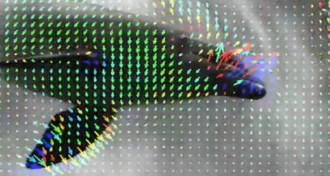 Animals
AnimalsSwimming dolphins don’t need to cheat
Dolphins swimming through bubbles burst old notion of underpowered muscles.
By Susan Milius -
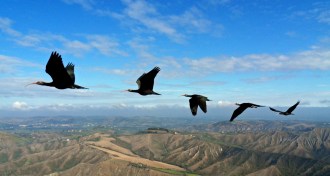 Life
LifeV-flying birds pick efficient flapping pattern
Ibises time their flaps to catch a boost from a neighbor’s wing.
By Susan Milius -
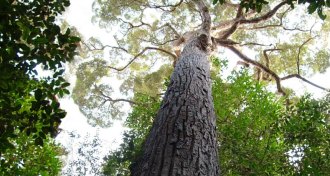 Ecosystems
EcosystemsTrees’ growth keeps climbing with age
Older trees pack on weight faster, making them potentially the best carbon collectors.
By Meghan Rosen -
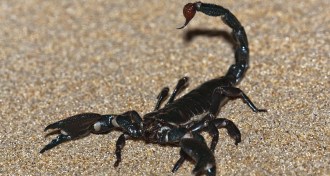 Genetics
GeneticsScorpion’s sting evolved from insects’ defensive proteins
With a single genetic mutation, an insect’s defensive proteins can be transformed into a toxin that gives scorpions their signature sting, a new study shows.
-
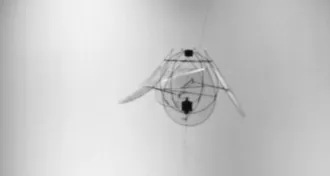 Tech
TechJellyfish-like flying machine takes off
Mimicking sea creatures instead of insects leads to better hovering, scientists find.
-
 Agriculture
AgricultureSome bioenergy crops are greener than others
In the Upper Midwest, switchgrass trumps maize at boosting ecological health.
By Beth Mole -
 Genetics
GeneticsMicrobe and human genes influence stomach cancer risk
When genes of the bacterium and its human host evolve together, the strain is less harmful than that same strain in a person whose ancestors didn't encounter that particular microbe.
-
 Health & Medicine
Health & MedicineGreen tea may sabotage blood pressure medication
Antioxidants in drink may keep intestinal cells from taking up drug.
By Beth Mole -

-
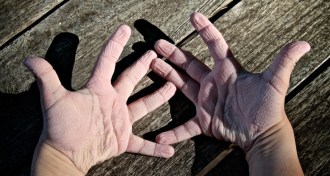 Animals
AnimalsWrinkle arises in soggy hand studies
An experiment bucks earlier finding that ridges help fingers grasp.
By Beth Mole -
 Animals
AnimalsTruths and lies about dingoes
A dingo really did take that woman’s baby, but other myths about the animals have been debunked.
-
 Neuroscience
NeuroscienceCaffeine may improve memory
Taking the stimulant after learning new information boosted people’s recall the next day.